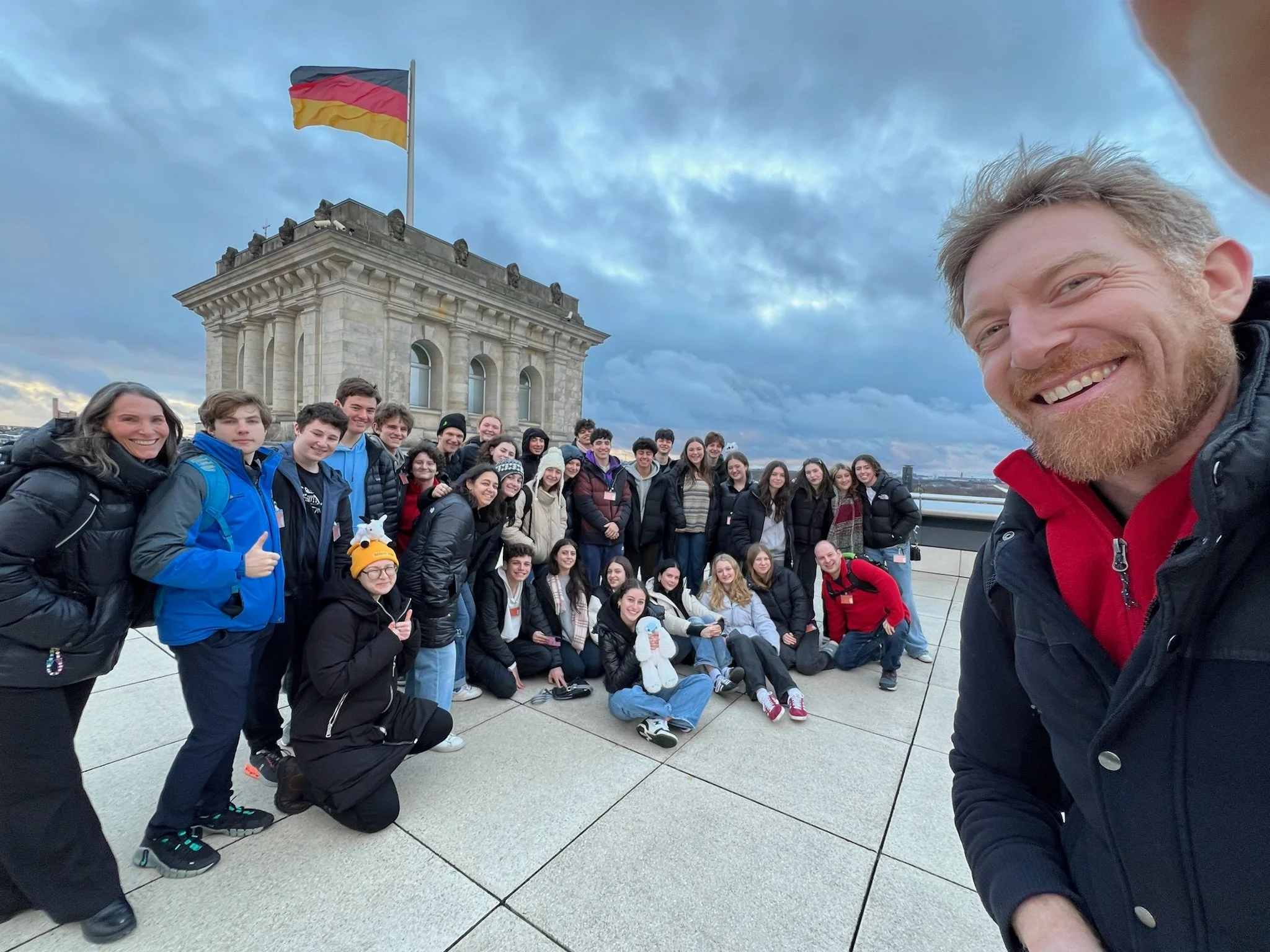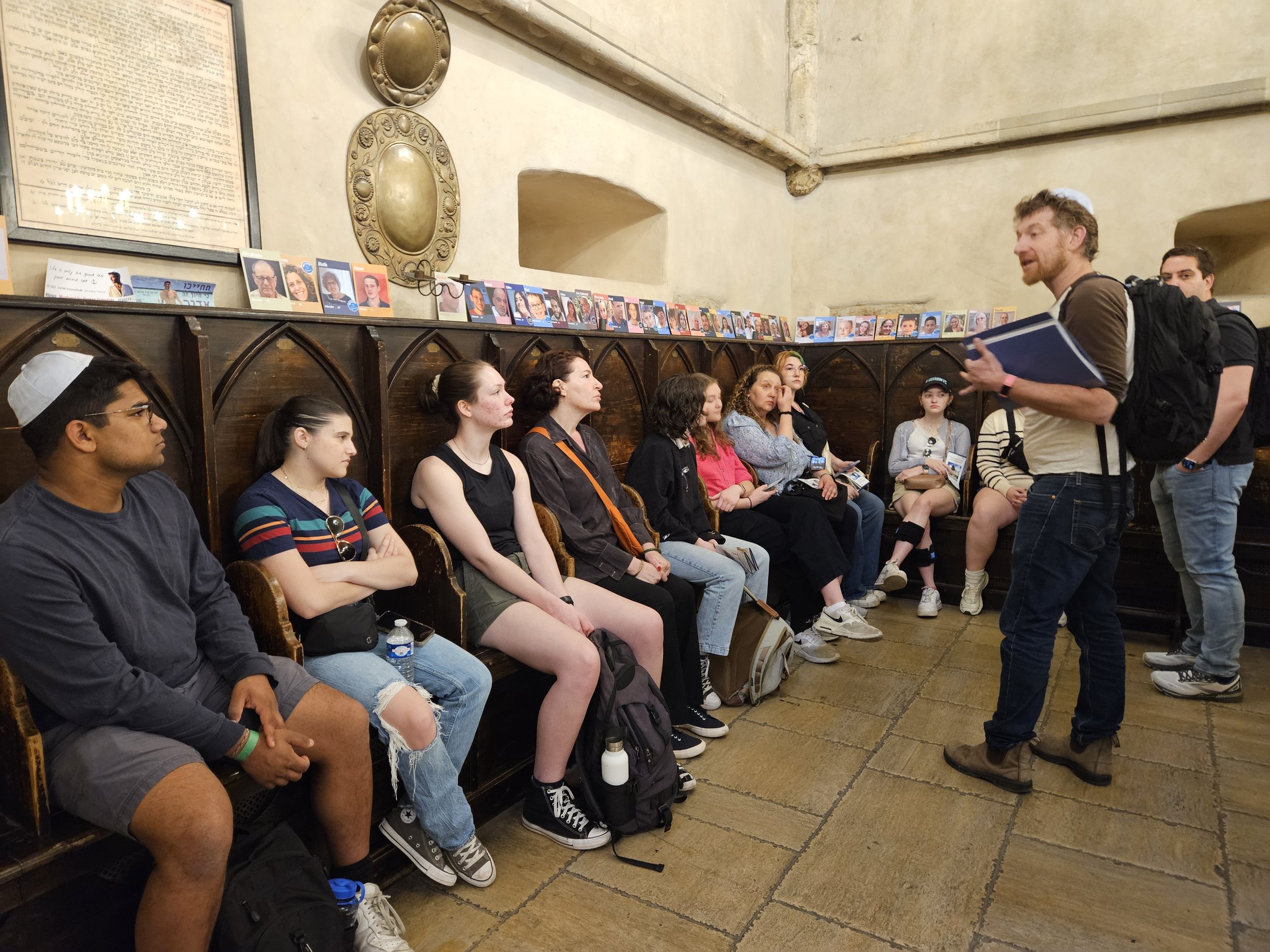May 2024 Newsletter - From Prague to NYC with Cicerone
/Hi All,
It’s been a robust start to Spring, filled with international travel, flashes of sunshine, and flowers in bloom. We’ve also had a full holiday season; with Eid al Fitr (the conclusion of Ramadan) falling right between Easter and Passover, the three major Abrahamic religions have all found reason to celebrate and pray for peace this month. (And my kid’s school has had many reasons to close.)
I just returned to Brooklyn from leading the Hevreh congregation of Great Barrington, MA in a trip to the magical, fairytale city of Prague. Some highlights included:
Visiting Prague Castle, the largest castle on earth, as recognized by the Guiness Book of World Records. It functions as the center of the Czech government – like the Czech Republic's version of the White House. It has served as the seat of power for Holy Roman Emperors, Nazi Governors, Communist Presidents, and now, contemporary Czech leaders. The renowned writer Franz Kafka lived in the castle complex for two years in an old alchemist's house while writing his novel, The Castle.
Exploring the oldest functioning synagogue in Europe at the Altneuschul, which dates back to the thirteenth-century. The synagogue’s attic is believed to house the long-dormant remains of the Golem, a mythical figure who inspired Frankenstein, the concept of a robot (a word coined by Karel Capek in Prague), and basically every comic book character ever.
Paying our respects at Theresienstadt, the concentration camp. Reflecting on these traumatic moments in history inspires us to work for a better tomorrow.
Featured Tour: To celebrate the Spring holidays, I’m excited to highlight my Biblical Israel tour of the Met Museum in NYC. On this tour, we’ll experience art masterpieces and learn about the contributions of the three Abrahamic religions. The Met exhibits provide a fantastic opportunity to appreciate the range of these civilizations' achievements.
Fun Fact: Speaking of Easter, the picture above shows an ossuary, a bone box used in Jewish burials about 2,000 years ago. It can be found in the Greco-Roman collection at the Met.
This ossuary would have held the remaining bones of a decomposed body after it had lain on a stone slab in a family tomb – sometimes a cave – for about a year. Were Jesus’s fate that of a common Jew of Roman Judea, his bones would have been collected in a vessel like this.
Thanks for reading,
Jonathan Goldstein
Tour Guide and Operator, Cicerone Travel





